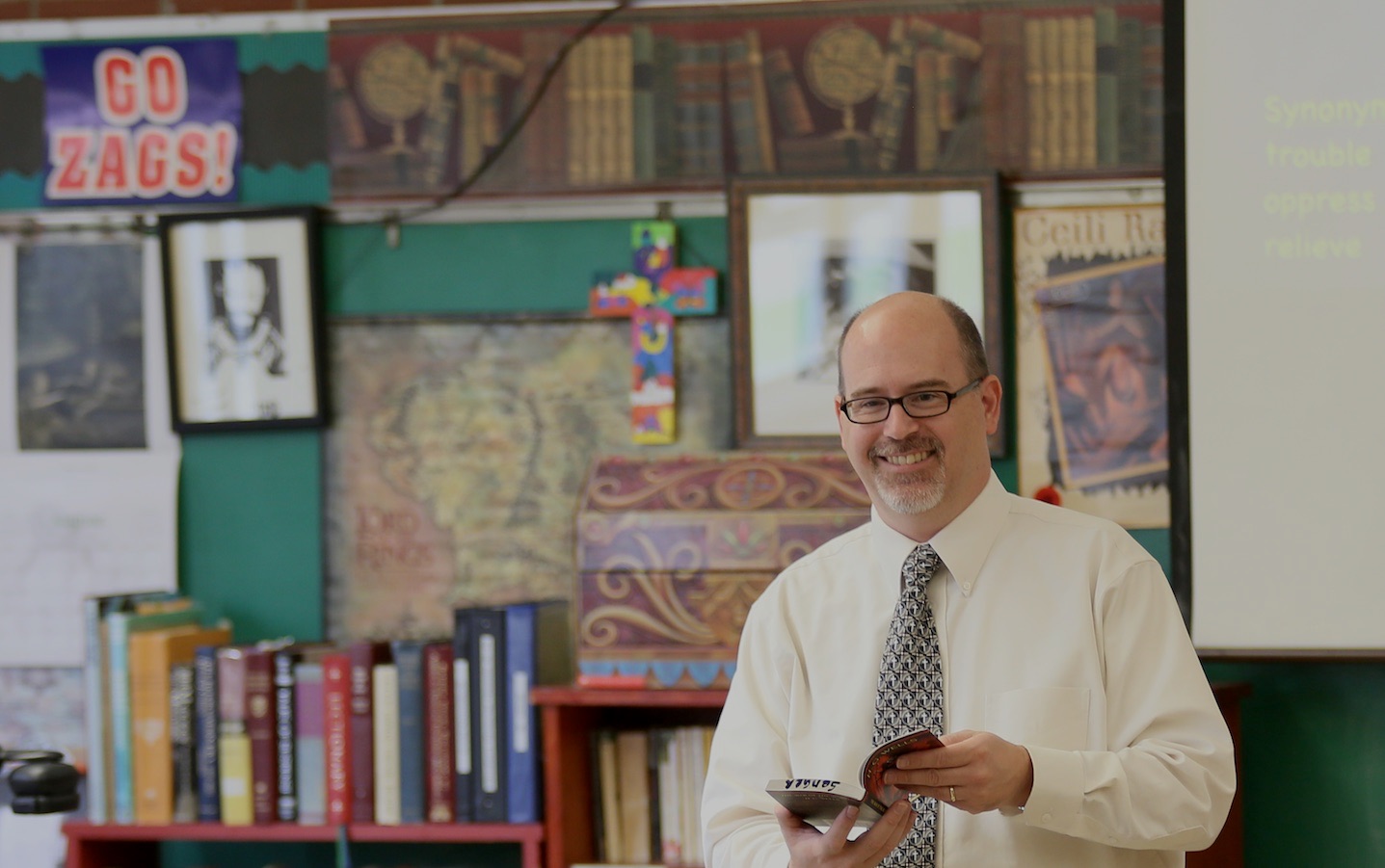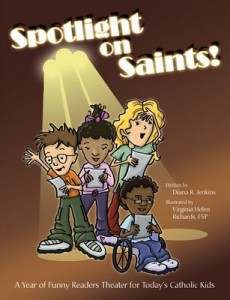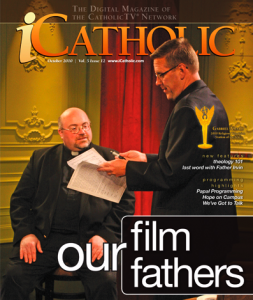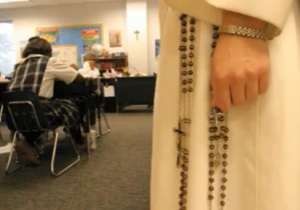 Today is the Commemoration of All the Faithful Departed, otherwise known as All Souls Day. As we remember all those who have died, it is important to remember that in death life is only changed, not ended.
Today is the Commemoration of All the Faithful Departed, otherwise known as All Souls Day. As we remember all those who have died, it is important to remember that in death life is only changed, not ended.
Johnny Cash’s final musical legacy beautifully expresses our hope of eternal life, and can provide teachers with a powerful opening to a discussion of the afterlife.
Shortly before he died in 2003, Johnny Cash recorded his last song, “Ain’t No Grave,” a haunting 1953 spiritual by Claude Ely. As Cash sings, his gravelly voice defies the despair of the tomb. The song has inspired an amazing endeavor called The Johnny Cash Project, in which people all over the world are contributing to Cash’s last music video.
According to the site,
“Through this interactive website, participants may draw their own portrait of Johnny Cash to be integrated into a collective whole. As people all over the world contribute, the project will continue to evolve and grow, one frame at a time.
Submit your drawing to become a part of the new music video for the song “Ain’t No Grave.” Strung together and relayed in sequence your art, paired with Johnny’s haunting song, will become a living, moving, and ever changing portrait of the legendary Man in Black.”
The following video explains that over 250,000 people from 172 countries have already contributed to the project. To see the results, be sure to watch past the 2:51 mark, where the video actually begins.
It’s truly an amazing accomplishment, and one that teachers can use as an entry point into talking about the difficult subject of death. Here are some ideas for how this video might be used in a middle school or high school classroom:
- Invite students to create their own pictures of their deceased loved ones making the journey to heaven. The pictures could then be scanned and put together into a book or video.
- Ask students to write their own song or poem about the hope of heaven.
- Freeze the video on certain frames and ask what the artist might have been trying to say about life or death.
- Organize students into small groups, and using iMovie, Windows Movie Maker, or other video editing software, have them choose a similar song and create a video using images from Wikimedia Commons or some other royalty-free image site.
How would you use the song or video in your classroom? Do you have other songs you like to share with students to help them deal with the mystery of death?
There ain’t no grave can hold my body down.
There ain’t no grave can hold my body down.When I hear that trumpet sound I’m gonna rise right outta the ground
Ain’t no grave that can hold my body down.Well look way down the river and what do you think I see?
I see a band of angels and they’re coming after me.Ain’t no grave can hold my body down.
There ain’t no grave can hold my body down.Well look down yonder, Gabriel, put your feet on the land and sea.
But Gabriel don’t you blow your trumpet ‘til you hear from me.There ain’t no grave can hold my body down
Ain’t no grave can hold my body down.Well meet me Jesus, meet me, meet me in the middle of the air
And if these wings don’t fail me, I will meet you anywhere.Ain’t no grave can hold my body down.
There ain’t no grave can hold my body down.Well meet me, mother and father, meet me down the river road
And mama you know that I’ll be there when I check in my load.Ain’t no grave can hold my body down
There ain’t no grave can hold my body downThere ain’t no grave can hold my body down


 had stolen it. The Devil agreed to this plan. He turned himself into a silver coin and jumped into Jack’s wallet, only to find himself next to a cross Jack had also picked up in the village. Jack had closed the wallet tight, and the cross stripped the Devil of his powers; and so he was trapped. In both myths, Jack only lets the Devil go when he agrees never to take his soul. After a while the thief died, as all living things do. Of course, his life had been too sinful for Jack to go to heaven; however, the Devil had promised not to take his soul, and so he was barred from hell as well. Jack now had nowhere to go. He asked how he would see where to go, as he had no light, and the Devil mockingly tossed him an ember that would never burn out from the flames of hell. Jack carved out one of his turnips (which was his favourite food), put the ember inside it, and began endlessly wandering the Earth for a resting place. He became known as “Jack of the Lantern”, or Jack-o’-Lantern.
had stolen it. The Devil agreed to this plan. He turned himself into a silver coin and jumped into Jack’s wallet, only to find himself next to a cross Jack had also picked up in the village. Jack had closed the wallet tight, and the cross stripped the Devil of his powers; and so he was trapped. In both myths, Jack only lets the Devil go when he agrees never to take his soul. After a while the thief died, as all living things do. Of course, his life had been too sinful for Jack to go to heaven; however, the Devil had promised not to take his soul, and so he was barred from hell as well. Jack now had nowhere to go. He asked how he would see where to go, as he had no light, and the Devil mockingly tossed him an ember that would never burn out from the flames of hell. Jack carved out one of his turnips (which was his favourite food), put the ember inside it, and began endlessly wandering the Earth for a resting place. He became known as “Jack of the Lantern”, or Jack-o’-Lantern.

 “It would be impossible to imagine our American society today without the transforming grace of Catholic school graduates.” – Archbishop Wilton Gregory of Atlanta, October 18, 2010
“It would be impossible to imagine our American society today without the transforming grace of Catholic school graduates.” – Archbishop Wilton Gregory of Atlanta, October 18, 2010 Catholic educators, you are awesome! You work tirelessly, sacrificing yourself for the good of the gospel. Your commitment to sharing your faith and building up the kingdom is amazing! Don’t lose hope, don’t give up. Your life is truly inspirational. You deserve the following video to make you smile at the end of the week. Kick back, grab a glass of something soothing, and enjoy. And if you like it, share it with someone else who needs it:
Catholic educators, you are awesome! You work tirelessly, sacrificing yourself for the good of the gospel. Your commitment to sharing your faith and building up the kingdom is amazing! Don’t lose hope, don’t give up. Your life is truly inspirational. You deserve the following video to make you smile at the end of the week. Kick back, grab a glass of something soothing, and enjoy. And if you like it, share it with someone else who needs it: